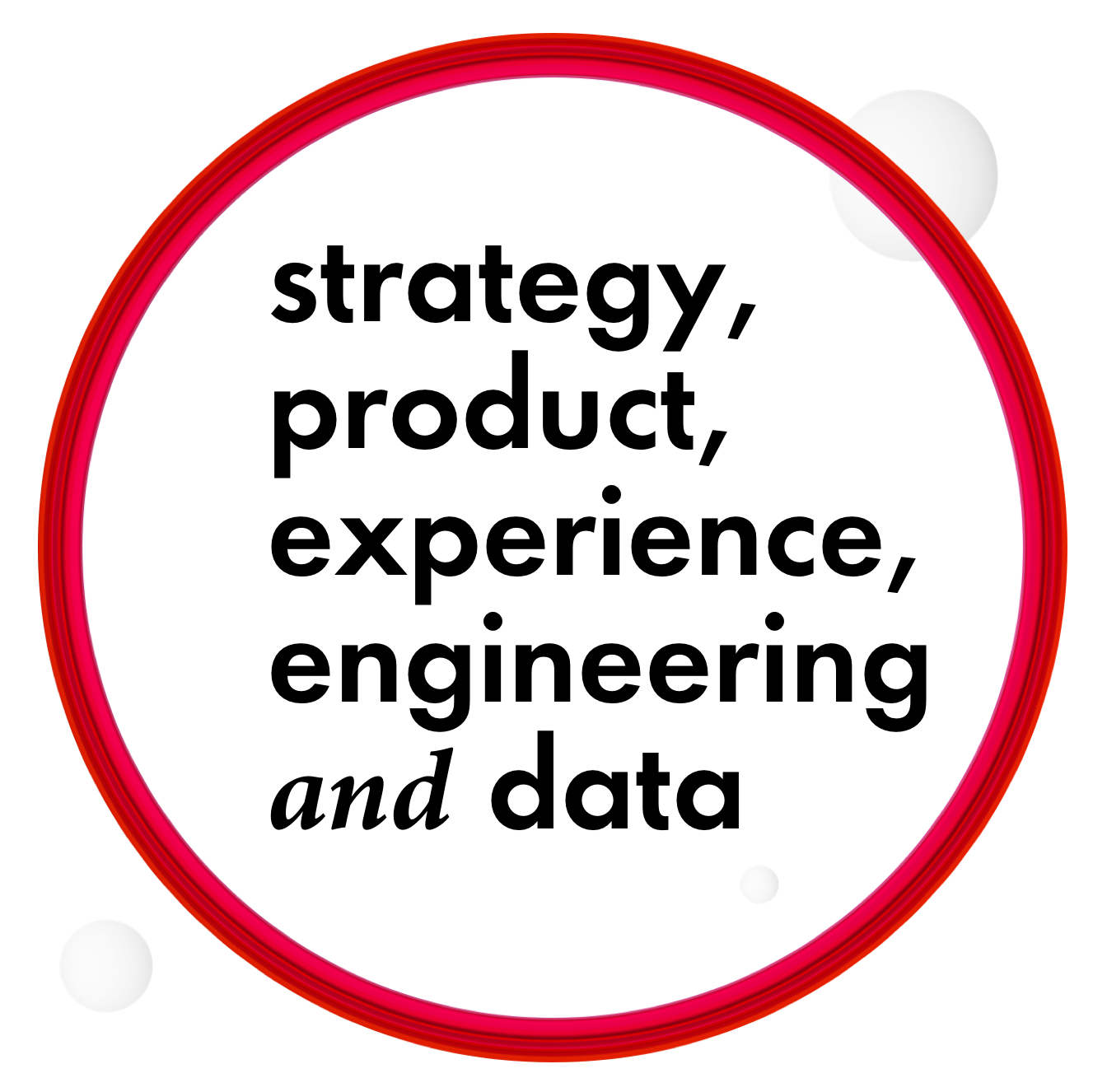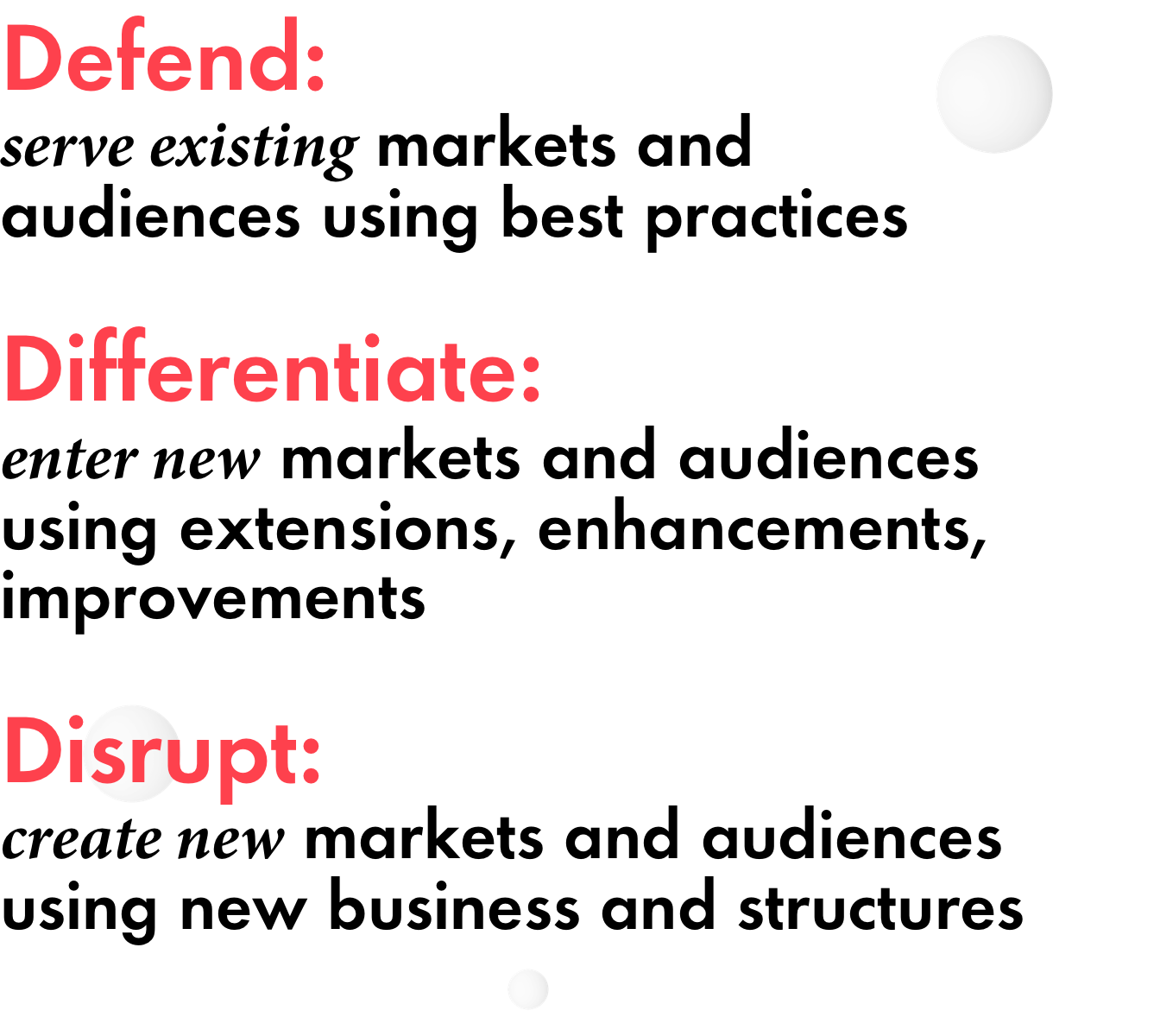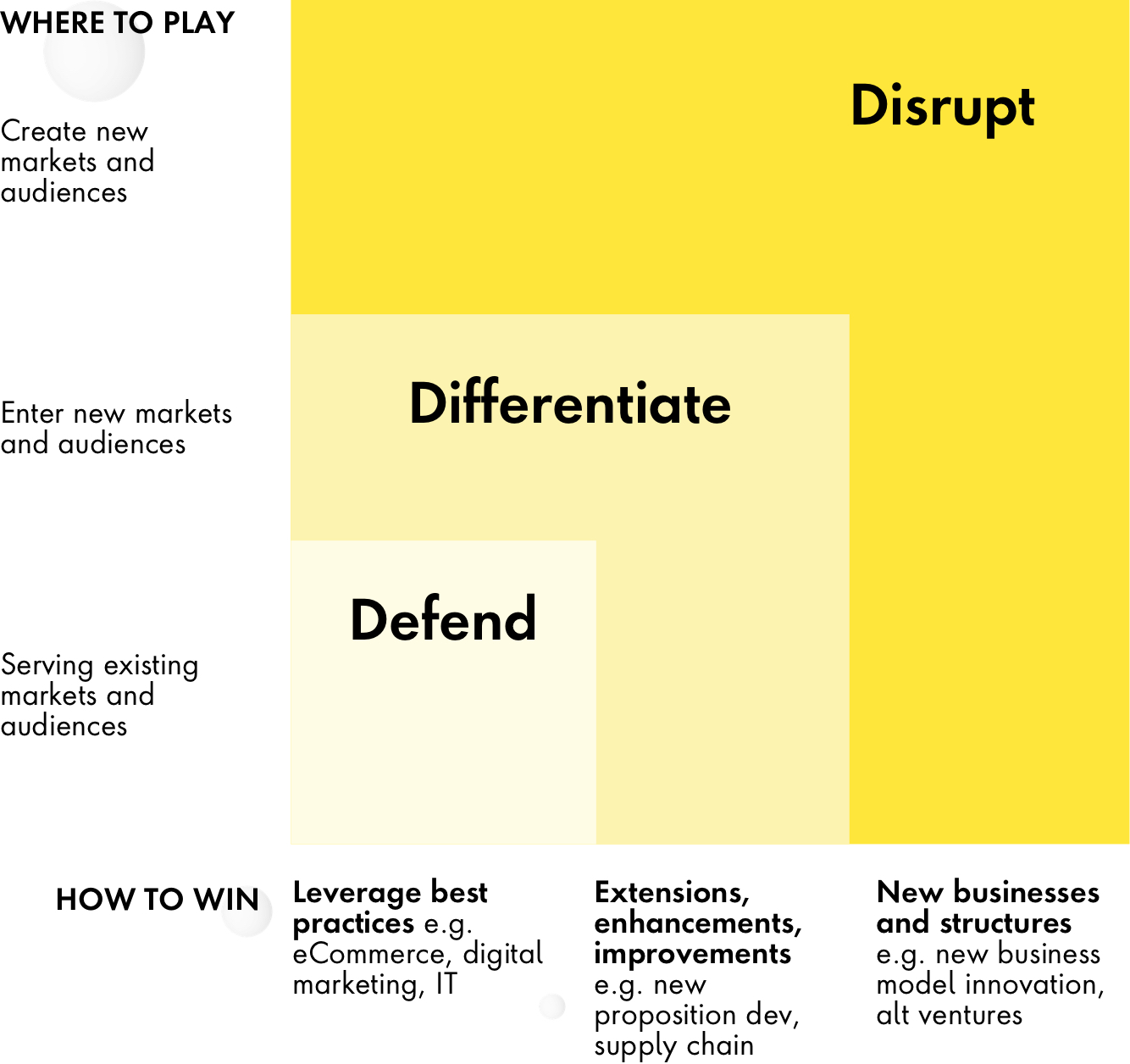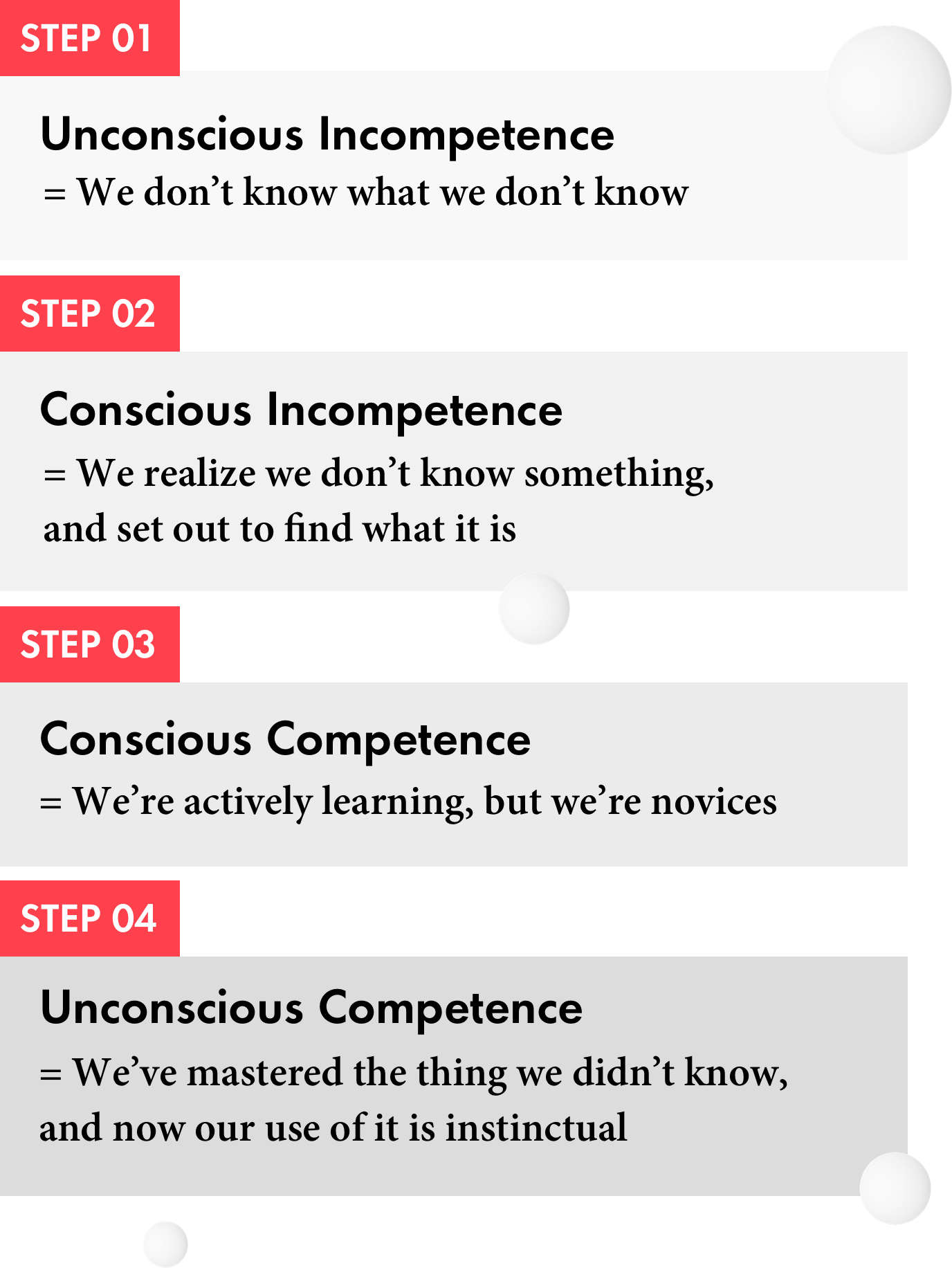What does your company do? Today, the answer needs to be bigger than a specific product or service. The answer is having a true purpose, a reason for being. Having a purpose drives longevity, gives your business a reason to exist past the next waves of change. And while that purpose may remain consistent, the products or services it calls for decidedly will not. So what gives you the ability to change when you need to? And how do you know that ability will always be there?
What We Do
You want to grow, modernize, stay relevant and delight customers. We partner with you to achieve your goals and create impact through AI-powered digital business transformation.
back
What We Do- Industries
- Solutions Solutions All Solutions
-
What We Do
You want to grow, modernize, stay relevant and delight customers. We partner with you to achieve your goals and create impact through AI-powered digital business transformation.
-
-

About Us
Curious? Get to know us a little better.
-















